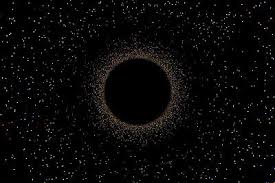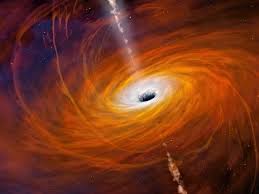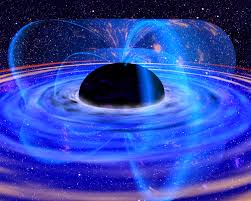
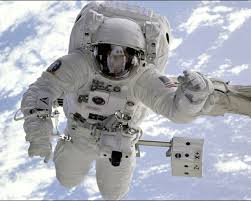

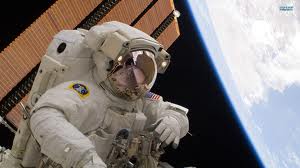
- Home1
- Solar System
- Universe
- Mercury
- Earth
- Mars
- Jupiter
- Saturn
- Uranus
- Neptune
- Venus
- Pluto
- Gravity
- Force
- Acceleration
- Radiation
- Dark Energy & Dark Matters
- Laws of Universe
- Black Hole
- Intern Article / Paper Publication
- Galaxy
- guestbook
- chatroom
- Blogger
- Membership

SPACE HERO'S

Franz Artur Viehböck
Frist Austrian in space . ( Born August 24, 1960 in Vienna) is an Austrian electrical engineer, and was Austria's first astronaut, and thus titulated „Austronaut“ by his country's media. He visited the Mir space station in 1991 aboard Soyuz TM-13, returning aboard Soyuz TM-12 after spending just over a week in space.
Together with Clemens Lothaller, he was selected for the Soviet-Austrian space project Austromir 91. After two years of training he was chosen for the mission, and launched on October 2, 1991 together with the Russian cosmonauts Alexander A. Volkov and the Kazakh Toktar Aubakirov in Soyuz TM-13 from the Baikonur Cosmodrome spaceport.
At the Mir space station he conducted 15 experiments in the fields of space medicine, physics and space technology, together with the cosmonauts Anatoly Artsebarsky and Sergey Krikalev. Viehböck returned after 7 days and 22 hours with Soyuz TM-12, and landed in Kazakhstan on October 10.
The following two years he gave numerous lectures on the mission, then went to the United States and worked for Rockwell.
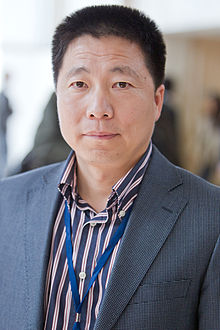
Yang Liwei
First Chinese national in space.
( Born June 21, 1965) is a major general and military pilot and China National Space Administration astronaut. In 2003, he became the first person sent into space by the Chinese space program. This mission, Shenzhou 5, made China the third country to independently send humans into space.
Yang was selected as an astronaut candidate in 1998 and has trained for space flight since then.He was chosen from the final pool of 13 candidates to fly on China's first manned space mission. A former fighter pilot in the Aviation Military Unit of the PLA, he held the rank of Lieutenant Colonel at the time of his mission. He was promoted to full Colonel on October 20, 2003.He was launched into space aboard his Shenzhou 5 spacecraft atop a Long March 2F rocket from Jiuquan Satellite Launch Center at 09:00 CST (01:00 UTC) on October 15, 2003. Prior to his launch almost nothing was made public about the Chinese astronaut candidates; his selection for the Shenzhou 5 launch was only leaked to the media one day before the launch.Yang Liwei has reported the apparition of abnormal vibrations 120 seconds after launch, he described as "very Uncomfortable". As a consequence, corrective measures were swiftly taken to the design of the following CZ-2F carrier rocket for the Shenzhou-6.
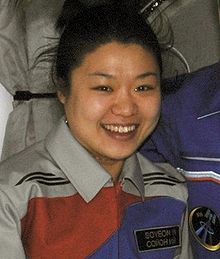
Yi So-yeon
First South Korean in space
studied at Gwangju Science High School. She earned bachelor’s and master’s degrees with a focus on mechanics at KAIST in Daejeon. Her doctor in biotech systems was conferred on 29 February 2008 in a ceremony at KAIST although she was unable to be present due to her training commitments in Russia.
Yi was one of the two finalists chosen on 25 December 2006 through the Korean Astronaut Program. On 5 September 2007, the Korean Ministry of Science and Technology chose Ko San, over Yi So-yeon, following performance and other tests during their training in Russia.On 7 March 2008, she was selected to train with the primary crew, and on 10 March the Ministry of Education, Science and Technology announced that Yi would replace Ko. This was after the Russian Federal Space Agency asked for a replacement because Ko violated regulations several times at a Russian training center by removing sensitive reading materials and mailing one back to Korea. On 8 April 2008, Yi was launched into space on board Soyuz TMA-12, with two Russian cosmonauts. South Korea is reported to have paid Russia $20 Million for Yi's space flight. She makes South Korea the third country, after the United Kingdom and Iran, to have a woman as its first space traveler.

Fyodor Nikolayevich Yurchikhin
First Georgian-born man in space
(Russian: Фёдор Николаевич Юрчихин, Greek: Θεόδωρος Γιουρτσίχιν του Νικόλαου; born 3 January 1959), is a Russian cosmonaut of Greek descent and RSC Energia test-pilot who has flown on three spaceflights.
His first spaceflight was a 10-day Space Shuttle mission STS-112. His second was a long-duration stay aboard the International Space Station (ISS) as a Flight Engineer for Expedition 15; for this mission he was launched in the Soyuz TMA-10 spacecraft. He has undertaken two further long-duration stays aboard the ISS, as a crew member of Expedition 24 / 25.
For this mission he was launched with the spacecraft Soyuz TMA-19, and he landed in November 2010, also with the TMA-19 spacecraft. He served as Soyuz Commander for his fourth mission aboard Soyuz TMA-09M, as Flight Engineer for Expedition 36 and ISS Commander for Expedition 37.
After graduation from high school in Batumi in 1976, he entered the Moscow Aviation Institute named after Sergey Ordzhonikidze. He finished studying in 1983, and is qualified as a mechanical engineer, specializing in airspace vehicles. In 2001, he graduated from the Moscow Service State University with a Ph.D. in economics.

What is black hole ?
A black hole is a region of spacetime from which nothing can
escape, even light .It is impossible to see a black hole directly
because no light can escape from them; they are black. But there
are good reasons to think they exist. When a large star has burnt
all its fuel it explodes into a supernova. The stuff that is left
collapses down to an extremely dense object known as a neutron
star. We know that these objects exist because several have been
found using radio telescopes.
The hole is called "black" because it absorbs all the light that
hits the horizon, reflecting nothing, just like a perfect black
body in thermodynamics. Quantum field theory in curved spacetime
predicts that event horizons emit radiation like a black body with
a finite temperature. This temperature is inversely proportional to
the mass of the black hole, making it difficult to observe this
radiation for black holes of stellar mass or greater.
A supermassive black hole (SMBH) is the largest type of black hole,
on the order of hundreds of thousands to billions of solar
masses.
Active galactic nuclei (AGN) are galaxies that have very energetic
central regions, due to either the presence of a black hole or star
formation activity at the core of the galaxy.
Objects whose gravity fields are too strong for light to escape
were first considered in the 18th century by John Michell and
Pierre-Simon Laplace. The first modern solution of general
relativity that would characterize a black hole was found by Karl
Schwarzschild in 1916, although its interpretation as a region of
space from which nothing can escape was first published by David
Finkelstein in 1958. Long considered a mathematical curiosity, it
was during the 1960s that theoretical work showed black holes were
a generic prediction of general relativity. The discovery of
neutron stars sparked interest in gravitationally collapsed compact
objects as a possible astrophysical reality.
Who invented Black hole ?
Albert Einstein first predicted black holes in 1916 with his
general theory of relativity. The term "black hole" was coined in
1967 by American astronomer John Wheeler, and the first one was
discovered in 1971.
When Black hole is formed ?
Black holes of stellar mass are expected to form when very massive
stars collapse at the end of their life cycle. After a black hole
has formed it can continue to grow by absorbing mass from its
surroundings. By absorbing other stars and merging with other black
holes, supermassive black holes of millions of solar masses may
form. There is general consensus that supermassive black holes
exist in the centers of most galaxies.
Properties of black hole :
The simplest static black holes have mass but neither electric
charge nor angular momentum. These black holes are often referred
to as Schwarzschild black holes after Karl Schwarzschild who
discovered this solution in 1916.[9] According to Birkhoff's
theorem, it is the only vacuum solution that is spherically
symmetric.


